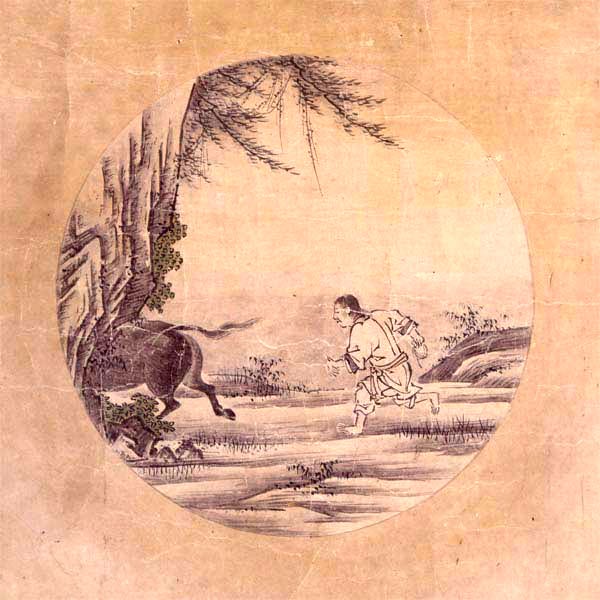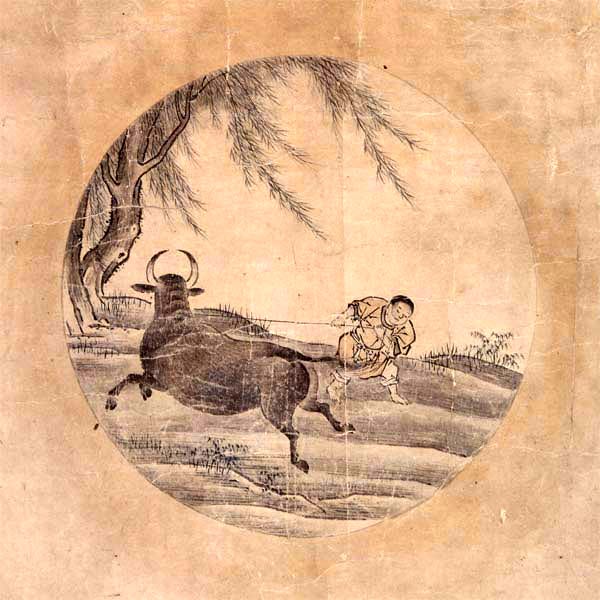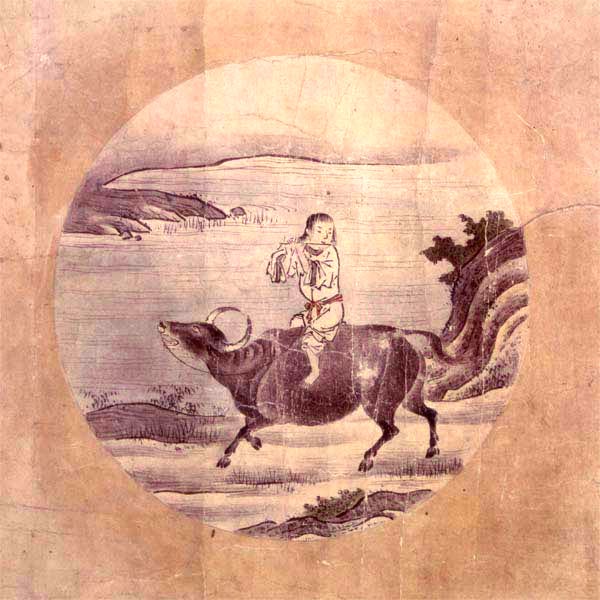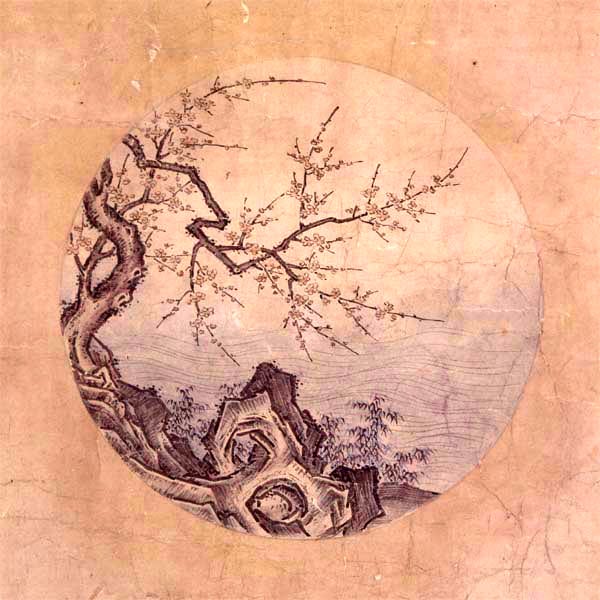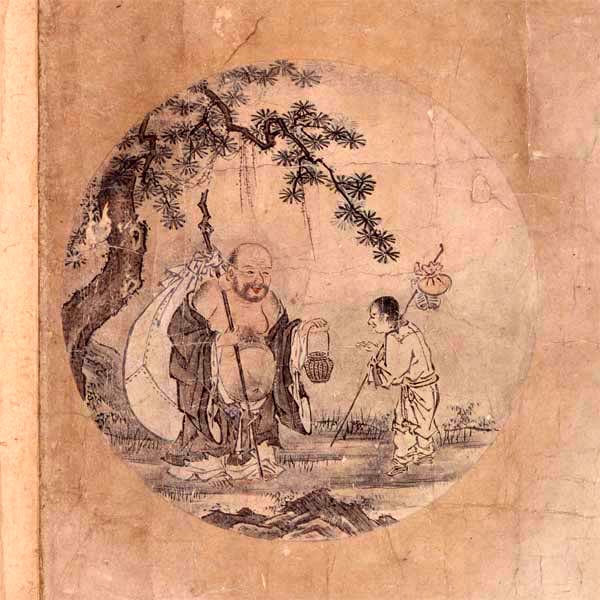
This post has been translated from Dutch into English with DeepL. It will be manually edited and streamlined soon.
The Zen Buddhist tradition of China and Japan has produced a simple illustrated tale: 'The Ten Pictures of the Ox ' or also 'The Taming of the Ox'. The author is the Chinese Zen master Guo-An Shi-yyuan, called Kakuan in Japanese, who lived in the 12th century. It is drawn and written allegory of the challenges the Zen practitioner is bound to encounter on the spiritual path. The situations depicted through the ten drawings and their short accompanying texts were and are easily recognised.
But not only the practitioner of meditation can draw inspiration and encouragement from the tale of the little ox herder and the giant ox. The chi kung practitioner can also benefit from the colourful description of the stages of inner cultivation. All kinds of difficulties that may arise in fathoming posture, breath, habits, and emotion are reflected in the process of taming the ox.

In the first picture, you see a little boy, an ox herd. He has lost his ox. It is his responsibility, his job, to be with the ox all day long - to lead it to juicy grass and drinking water, to take good care of it in everything and to bring it back to the stable in the evening. But now he has not only lost the ox - he has even forgotten WHAT he has lost. Without clearly knowing what he is actually looking for, he has set off on his journey.
In picture two, the boy makes an important discovery: for the first time, he sees traces of the ox. He has not yet discovered the ox itself, but he now has at least an idea of what he is looking for. This first encounter with the ox, even if it concerned only his traces, makes a great impression on the boy and gives him strong motivation to continue the quest.
Finally, after long searching and sleuthing, the boy finds the ox. He sees him in all his colossal size and imposing strength. The ox is stubborn and recalcitrant, but if he could tame him, he would become a powerful companion. But then again, how on earth can you learn to master this primal force?
The fourth picture shows the boy accepting the challenge and actually starting to tame the ox. He pushes and pulls and tries to impose his will on the mighty animal. If he wants to go left, the ox goes right. OK, then it goes to the left, but then the ox walks to the right. When he stops, the ox just keeps on moving, imperturbably. In desperation, he pulls the ox behind him with all his might, it now stands motionless still. No, this is clearly not the right method to tame an ox. This is no way to approach this primal beast. The boy sees that he has to learn to listen and that impatience and force-feeding will get him nowhere.
Step by step, he understands what he should and should not do. Instead of trying to dominate the ox with willpower, he starts making contact. Physical closeness and a growing mutual trust gradually begin to bear fruit. It is a demanding and time-consuming process, but the path of taming the ox has been found.
Then, in the sixth picture, you see the boy sitting on the ox's back, cross-legged, making music, with no fear of falling off. The ox is no longer an opponent to fight or a force of nature to overcome. The boy sits quietly on his back and the ox willingly carries him home.
Home again. The boy sits on the pavement in front of his house, on the threshold of his door. The ox is gone. The boy realised that the ox and himself were never essentially separate. Taming the ox was necessary to fathom himself. It brought him back to himself, brought him home. In fact, the phases of searching, finding, fighting and following were all aimed at recognising his own inner power and urges and taming them.
The archetypal eighth picture is an enso, an empty circle. In the seventh picture, the ox had already disappeared - in this picture, so has the boy. If the chosen discipline was already relative, not of absolute value, in the larger perspective, so are the person and his life path. The boy returned home, even though he had never really left it. He came to an insight that had been within him before his search. A circle came full circle.
In the penultimate picture, you see a stream, a flowering tree, birds singing. Look carefully around you, you don't have to go far - indeed you don't have to go anywhere at all. All around you - and inside you - is life. The origin of things is always here, close by.
Picture ten shows a fat, happy monk. A free spirit, a homeless wanderer - at least someone who lives without excuses and complications. Without boasting any particular philosophy or humanity, he shares his food with others and helps where he can. A cheerful Samaritan. A good-humoured market trader. If you are lucky enough to have met him once, it makes you think. You may realise that you have lost sight of your ox and that you should go and find it.
Read also:



